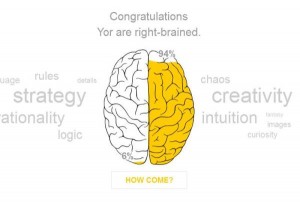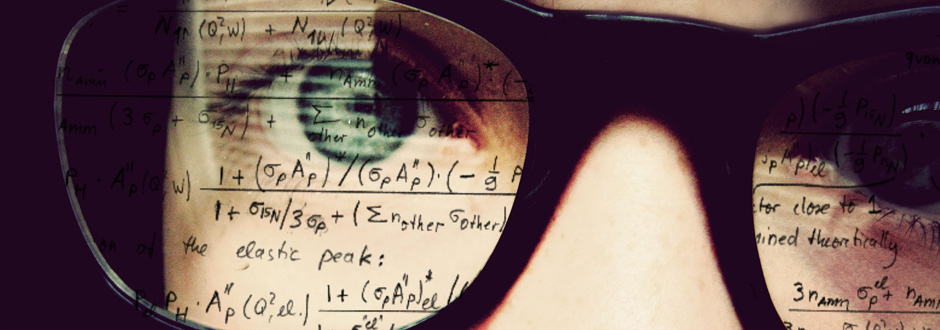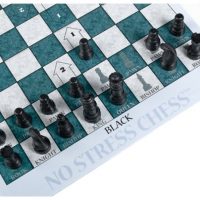 How to Test for Creativity in Children
How to Test for Creativity in Children
Many people will be surprised to know you can actually test for creativity. As a teacher of 16 years I worked with and tested many students, some were creative and gifted, some were creative but not gifted and some were gifted but not creative.
The one creativity test which I find gives a pretty accurate assessment of creativity is the Torrance Test of Creativity, which was developed by psychologist Ellis Paul Torrance in 1966. This test has had almost 45 years of research and trials.
The Torrance tests these areas:
Fluency: The total number of responses
Originality: The statistical rarity of the responses
Elaboration: The amount of detail in the responses
Abstractness in Titles
Resistance to Closure
After many years of personally administering and scoring the Torrance I found that a high score is difficult to obtain. I have had extremely creative students score in a range that might look like a “B” type grade to a parent, but was actually a strong score considering the nature of the test.
The highest score I ever saw a child earn was a seven-year-old girl who came from a family of artists. Which left me to wonder if the high score was not just a result of natural ability but also a result of an environment in which she has been encouraged to “think differently”.
My experience also included testing gifted children who scored very low in creativity. These were often students who were my more “black and white” thinkers, or were from a rigid home environment or had perfectionist tendencies. It is difficult for some children to grasp the concept that on this test they do not need to be great artists, drawing beautiful pictures, it is more about the traits listed above, such as originality.
It seems a child begins to lose “childlike creativity” around the age of five, when they encounter the structure of school and the rigors of society. Most children are not exposed to experiences that foster creativity as part of the typical school curriculum, unless they have a teacher who promotes creative thinking.
The good news is creativity can be taught at home or school. A child who is worked with and encouraged to think outside the proverbial box can become a more flexible and original thinker.
Edward de Bono, the author who coined the phrase “lateral thinking” maintained, “Creative thinking is not a talent, it is a skill that can be learnt. It empowers people by adding strength to their natural abilities which improves teamwork, productivity and where appropriate, profits.”
Every child, regardless of their IQ, can benefit to some degree from programs that enhance creativity. A child who does not qualify for a gifted program can benefit greatly from experiences provided by parents in the home or through the use of outside tutors.
I would recommend the Torrance Test of Creativity to any gifted program who wants to add creativity to their compilation of information about a child. While I do not believe a child should be kept out of a gifted program for lacking creativity, it can be important information to collect.
It is my belief that if you can help a child become a more original thinker, they will be a better problem solver. As Henry Ford asserted, “Most people spend more time and energy going around problems than in trying to solve them.”
See also: How to Identify the Creative Child in the Classroom and IQ tests for children
Source: http://en.wikipedia.org/wiki/Ellis_Paul_Torrance




Really interesting